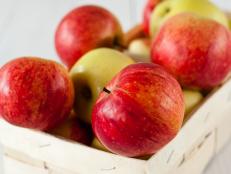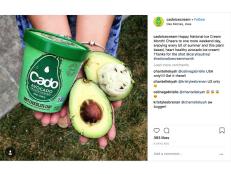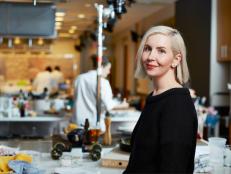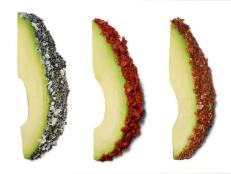How We All Ended Up Eating Hass Avocados
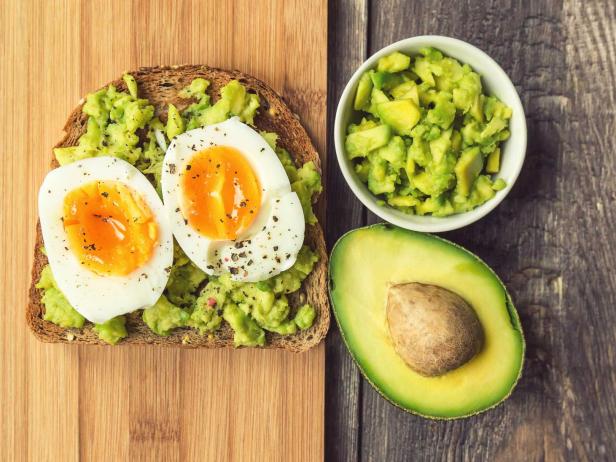
Anaiz777, Anaiz777
At this point, there is little doubt that we are living in the Age of Avocado. United States per capita avocado consumption has tripled since the dawn of the 2000s; the average American eats about 7 pounds of avocados a year, the USDA Economic Research Service reported in May. That’s a lot of guacamole.
But if you ever wondered how exactly we got to where we are now, to the point where reports of avocado shortages and soaring prices can spark terror in our very souls, the history-minded types at Smithsonian magazine recently took a deep look at the rise of the Hass avocado, the bumpy-dark-green-skinned variety that, it notes, accounts for 95 percent of avocados consumed in the United States and 80 percent of those around the world.
The whole story is definitely worth a read, but, for the time-pressed or simply impatient, here are a few curious takeaways about the Hass (pronounced correctly, it apparently rhymes with “pass” or “sass”) avocado’s clamber to world domination:
- Avocados date back to the Cenozoic era, when they grew wild and were eaten whole by giant mammals (“megafauna”), which then roamed North America, spreading the seeds (via their feces) far and wide. Even though one may have expected avocados to become extinct along with the megafauna helped them spread, they didn’t.
- Humans have been cultivating avocados — and breeding it to be more fleshy — since at least 500 B.C. In Mexico and Central America, the fruit was called “ahuacatl,” which means “testicle” in Nahuatl: “an apparent testament to the avocado's appearance when growing in pairs, and nod to its supposed properties as an aphrodisiac,” Smithsonian notes.
- The name avocado was adapted from the Spanish term “aguacate” by California farmers around 1915.
- The Hass avocado came to be in California in 1926, according to lore, when postman Rudolph Hass bought a seedling, had difficulty grafting it with another and neglected it in his garden — only to have his children discover that the tree was producing delicious fruit quite different than existing varieties, including the then-popular Fuerte avocado.
- Hass patented his newly discovered ugly-yet-delicious avocado variety in 1935 and, with a partner, began promoting it. Hass trees were strong, productive and easily propagated, with a long harvest season. And their thick, bumpy skin, though perhaps not gorgeous, protects the fruit, making them ideal for shipping.
- Hass died in 1952 and the original Hass tree in 2002, but the fruit that bears his name grew to dominate as the avocado industry expanded in the 1970s and 1980s, embraced for its ability to ripen gracefully and the tough skin that protects it from handling damage.
- Today, the Hass is grown in great number in California and Mexico, but its hegemony is not going unchallenged. Efforts are underway to breed an avocado superior to the Hass, perhaps something more heat tolerant, Smithsonian reports. But really, how do you improve on perfection?























